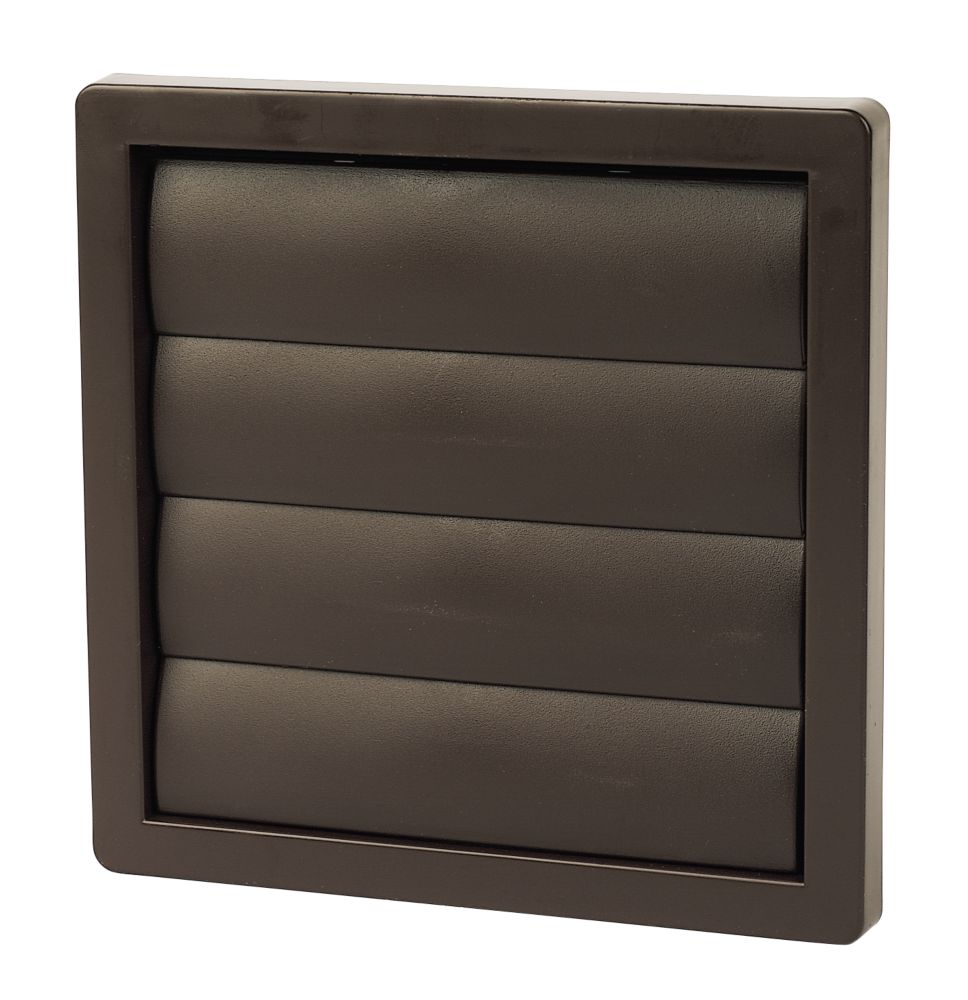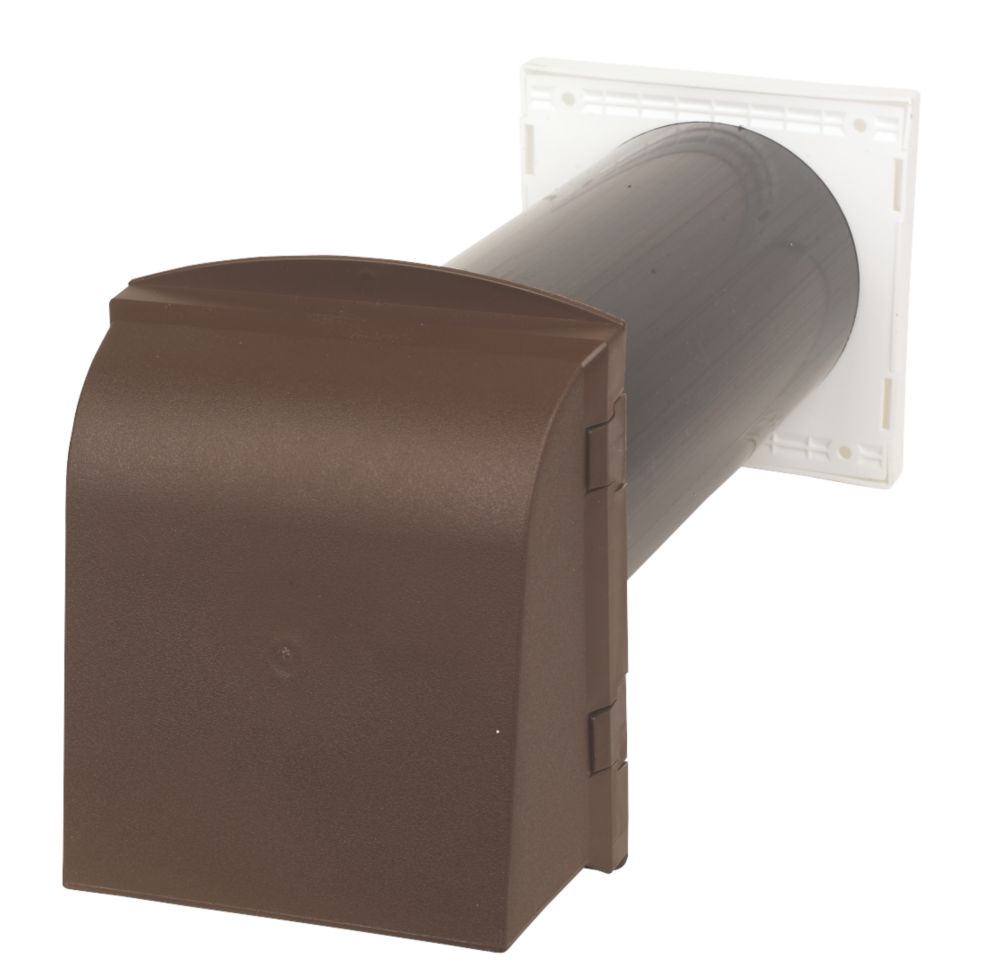I had a new bathroom fitted about 18 months ago and had a new radiator and extractor fan fitted. The fan is about 150mm above the tall radiator/towel rail. I was never convinced that the bathroom warmed up very well and when my wife voiced the same opinion recently I realised that this was probably the case. The previous radiator was smaller but the bathroom was warmer.
I am now starting to wonder whether the problem is due to the extractor being directly above the radiator. Is this likely? We live in a fairly windy part of the country and you can feel the wind drawing air through the fan from inside to outside. I have looked at the possibility of an inverted cowl on the fan or even a deflector plate above the radiator. The other option is to replace the fan with one having some sort of flap arrangement that opens when the fan is switched on, although I cannot find such a fan. The fan is a standard 100mm unit. Any advice gratefully received.
I am now starting to wonder whether the problem is due to the extractor being directly above the radiator. Is this likely? We live in a fairly windy part of the country and you can feel the wind drawing air through the fan from inside to outside. I have looked at the possibility of an inverted cowl on the fan or even a deflector plate above the radiator. The other option is to replace the fan with one having some sort of flap arrangement that opens when the fan is switched on, although I cannot find such a fan. The fan is a standard 100mm unit. Any advice gratefully received.



